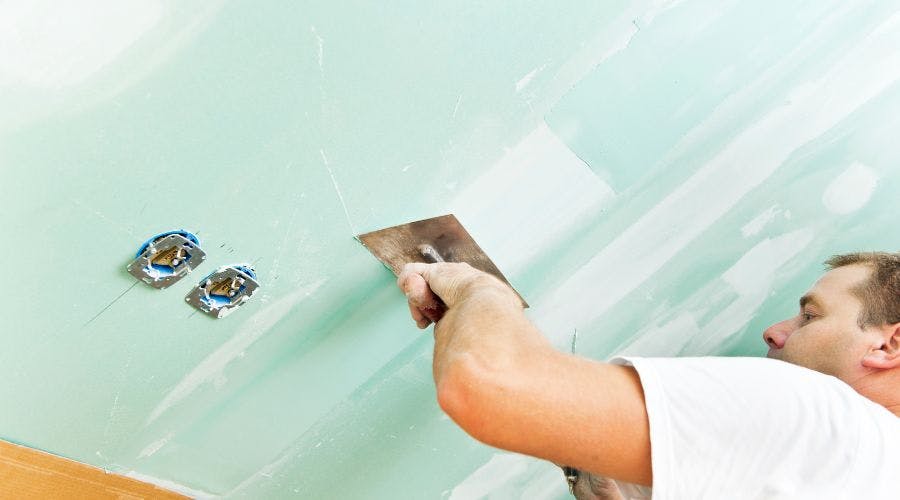Plastering Apprenticeship
Plasterers create smooth and durable surfaces, transforming raw walls and ceilings into finished and visually appealing spaces.
There are a number of roles in plastering that an apprenticeship will expose you to, including:
- Fixer: installing plasterboard sheets and cornices in buildings
- Modellers Hand: making plaster moulds from scratch
- Sheet Hand: making fibrous enrichments and flourishes
- Wet Plasterer: conducting rendering work by applying wet solutions to internal and external walls and ceilings
Depending on the specialist services of your Plastering Apprenticeship host employer you may specialise in one area or develop skills across multiple roles.
How Long is a Plastering Apprenticeship?
The plastering trade requires a 3-4 year apprenticeship, which includes paid, practical work and the study of a qualification such as a CPC31020 Certificate III in Solid Plastering.

What is a Plasterer
A plasterer is a tradesperson specialising in the application of plaster to walls, ceilings, and other surfaces to create a smooth and even finish. They are skilled craftspeople who work with plaster, a mixture of gypsum, sand, water, and sometimes additional additives.
The primary task of a plasterer is to prepare surfaces by cleaning, repairing, and priming them before applying the plaster. They may remove old plaster or wallpaper, fill in cracks or holes, and ensure the surface is properly prepared for plastering. Plasterers use various tools and techniques to achieve the desired results, including trowels, floats, and plastering machines.
The day to day tasks of a Plastering Apprentice can include:
- Measuring room walls, determining plasterboard layout and installing insulation and moisture barriers
- Covering joins and nail holes with wet plaster or sealing compounds and smoothing them using wet brushes and sandpaper
- Cutting plasterboard, lifting and positioning panels, and nailing, screwing and gluing panels to walls, ceilings or wooden strips and battens
- Installing acoustic walls and treatments
- Preparing corner beading panel mouldings, ceiling centres and other fibrous enrichments and flourishes
- Rendering exterior walls and moulds
Plastering Apprentice Skill Requirements
A plastering apprentice needs to develop a range of skills to become proficient in their trade. Some essential skills and aptitude include:
- Enjoy practical and manual work
- Attention to detail
- Spatial awareness
- No skin or dust allergies
Find a Plastering Apprenticeship
To find construction trade apprenticeships including plastering, visit the MIGAS Jobs Board.